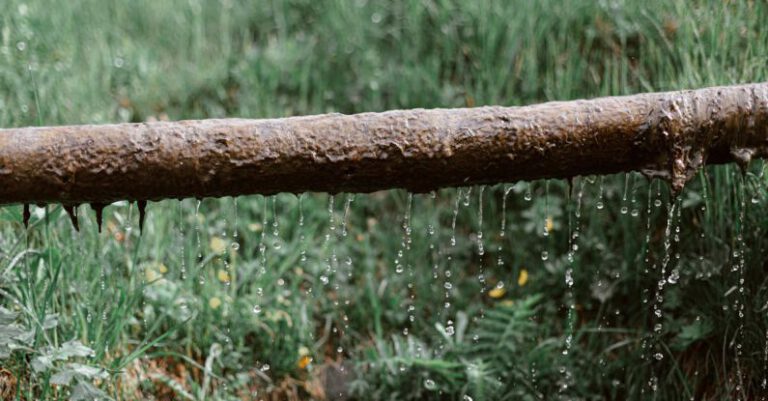What Types of Plants Thrive Best on Green Roofs?
Green roofs have gained popularity in recent years for their environmental benefits, energy efficiency, and aesthetic appeal. These vegetated rooftops not only provide insulation and reduce stormwater runoff but also create an urban oasis for plants to thrive. However, not all plants are suitable for green roofs due to their unique growing conditions. In this article, we explore the types of plants that thrive best on green roofs.
### Sedums: Drought-Tolerant Succulents
Sedums are popular choices for green roofs due to their ability to thrive in harsh conditions. These drought-tolerant succulents have fleshy leaves that store water, making them well-suited for the shallow growing medium typically found on green roofs. Sedums come in a variety of shapes and colors, from vibrant greens to purples and reds, adding visual interest to the rooftop garden.
### Grasses: Versatile and Resilient
Grasses are another group of plants that excel on green roofs. Ornamental grasses like feather reed grass and blue fescue are well adapted to the windy and exposed conditions of rooftops. Their fibrous root systems help stabilize the growing medium and prevent erosion. Grasses also provide movement and texture to the green roof, swaying gracefully in the wind and creating a dynamic landscape.
### Wildflowers: Biodiversity Boosters
Wildflowers are not only beautiful but also beneficial for supporting biodiversity on green roofs. These native plants attract pollinators like bees and butterflies, enhancing the ecological value of the rooftop ecosystem. Wildflowers such as black-eyed Susans, coneflowers, and coreopsis are hardy plants that can thrive in the limited soil depths of green roofs. Their colorful blooms add a splash of color and life to the urban skyline.
### Herbs: Edible and Fragrant
Herbs are a practical and aromatic addition to green roofs. Plants like thyme, rosemary, and lavender not only provide culinary delights but also emit pleasant fragrances that can enhance the rooftop experience. Herbs are well-suited for the well-drained conditions of green roofs and can tolerate periods of drought. Growing edible herbs on green roofs also promotes sustainability and self-sufficiency, allowing residents to harvest fresh ingredients right from their rooftop garden.
### Shrubs: Vertical Interest
Shrubs add vertical interest and structure to green roofs, creating a layered and dynamic landscape. Dwarf varieties of shrubs like boxwood, heather, and juniper are ideal for rooftop gardens, as they require minimal maintenance and can withstand the challenging conditions of high altitudes. Shrubs can also provide habitat and shelter for birds and insects, further enhancing the biodiversity of green roofs.
### Vines: Vertical Greenery
Vines are excellent for adding vertical greenery to green roofs, softening hard edges and providing shade and insulation. Climbing plants like ivy, clematis, and honeysuckle can be trained to grow up trellises or walls, creating a lush and verdant backdrop. Vines also help cool the building by shading the rooftop surface, reducing the heat island effect in urban areas.
### Mosses: Low-Maintenance Ground Cover
Mosses are low-maintenance ground covers that thrive in the damp and shaded conditions of green roofs. These primitive plants require little soil and can tolerate compacted surfaces, making them ideal for extensive green roof systems. Mosses like cushion moss and rock cap moss create a velvety carpet of green that adds texture and visual interest to the rooftop landscape.
### Conclusion: Creating a Diverse and Resilient Green Roof
In conclusion, a successful green roof is a harmonious blend of plants that are well adapted to the unique growing conditions of rooftops. By selecting a diverse range of plants such as sedums, grasses, wildflowers, herbs, shrubs, vines, and mosses, you can create a resilient and thriving ecosystem that offers environmental benefits and enhances the urban environment. Whether you’re aiming to reduce energy costs, mitigate stormwater runoff, or simply create a green oasis in the city, choosing the right plants is key to the success of your green roof project.






